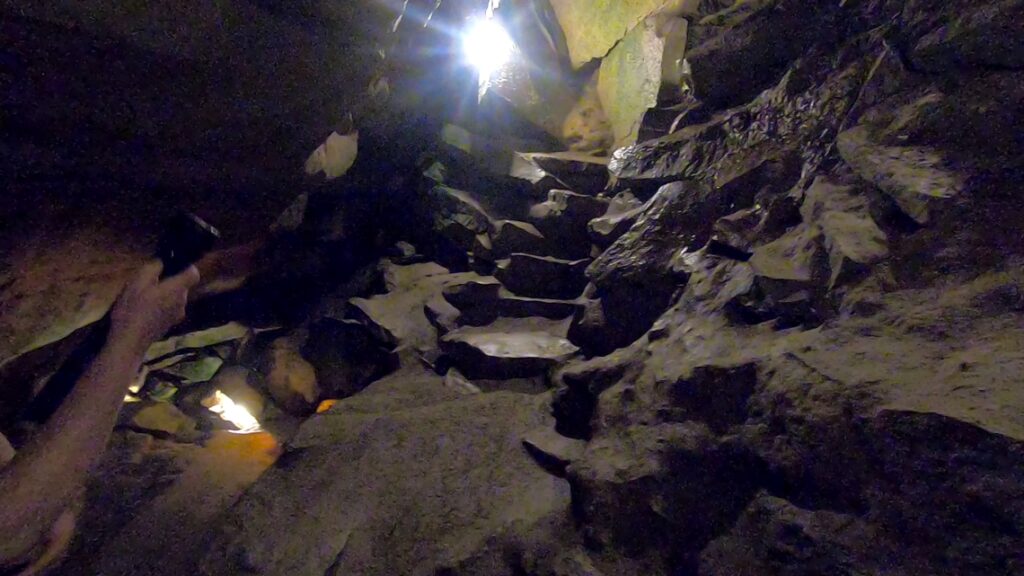Seneca Caverns offers something for everyone, from history to geology and, especially at this time of year, respite from the summer heat.
BELLEVUE, Ohio — In 1872, two boys were out rabbit hunting when suddenly their dog and the rabbit disappeared into the ground.
That’s when and how Seneca Cave was discovered, according to owner and operator Dennis Bell.
In the late 1800s, a man from Fremont named Dunlap took over and opened the caves to the public for tours.
“There were no stairs built back then,” Bell said. “People would tie ropes to the cherry trees at the entrance to the cave, then tie the ropes to themselves, and then climb down into the cave.”
However, in 1933, Don and Fanny Bell took over ownership from Dunlap and Seneca Cave became a tourist attraction.
Bell said the caves have seen more than one million visitors in the past 150 years.
However, the origins of the caves are much older, combining history and science.
“It probably formed over time as gypsum dissolved from deep underground,” Bell says. “As the gypsum dissolved, it created gaps and spaces, and the rock above had no choice but to go down, so we’re now walking on fallen rock.”
The caves are connected to an underground river system, all of which are part of the karst region that characterizes the Bellevue area with its sinkholes, submerged streams, caverns and springs.
“This underground river is one of several in the region,” Bell said. “This area, which is north of Attica, Ohio, and flows north to Sandusky Bay, has no surface rivers or streams. It’s all underground.”
Bell said that science also includes temperature, which he said keeps the cave at a consistent 54 degrees year-round, due to the average annual temperature in the region.
“Fanny would sit at the mouth of the cave, which was a sinkhole, because cool air would come out of it,” Bell said. “She had a table, which is still there, and she would sit there and sell tickets.”
Bell said many people came out this summer to get back to nature.
“For history buffs, there’s a lot of history, biology and geology here. There’s a lot going on in the area with sinkholes and falling springs and streams and you can see it all here,” Bell said.
One guest, Kristen Montgomery, was there with her family on their way back from Cedar Point.
“So we decided to stop and check it out, and it was amazing. I’d never been in a cave before, so this was my first time,” Montgomery said. “I’d definitely recommend it. There were all kinds of rock formations, it was interesting.”
Due to the way the cave was formed, there are eight naturally different levels, with the lowest level leading to the mouth of an underground river.
“It’s amazing how deep you can go,” Montgomery said, “because you don’t realize you’re 120 feet below the surface.”
Seneca Caverns is open seven days a week, and Bell said there’s something for everyone to enjoy both inside and outside the cave.
For more information, visit senecacavernsohio.com

